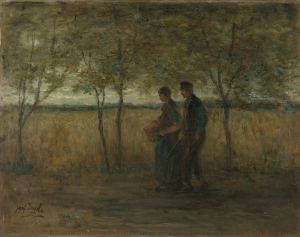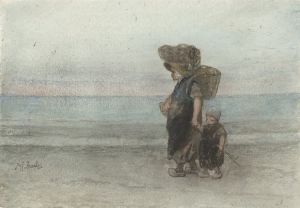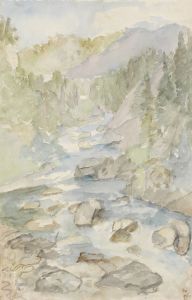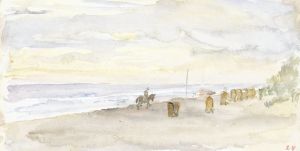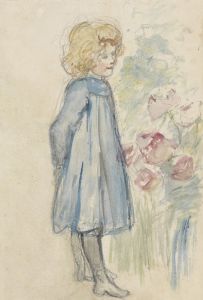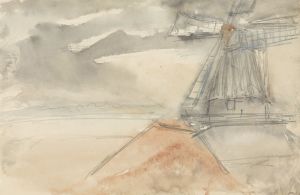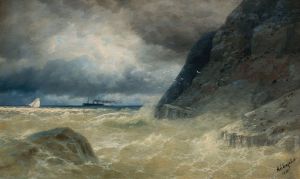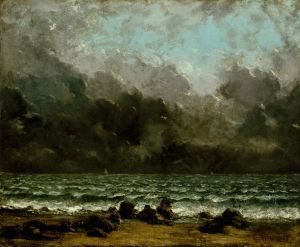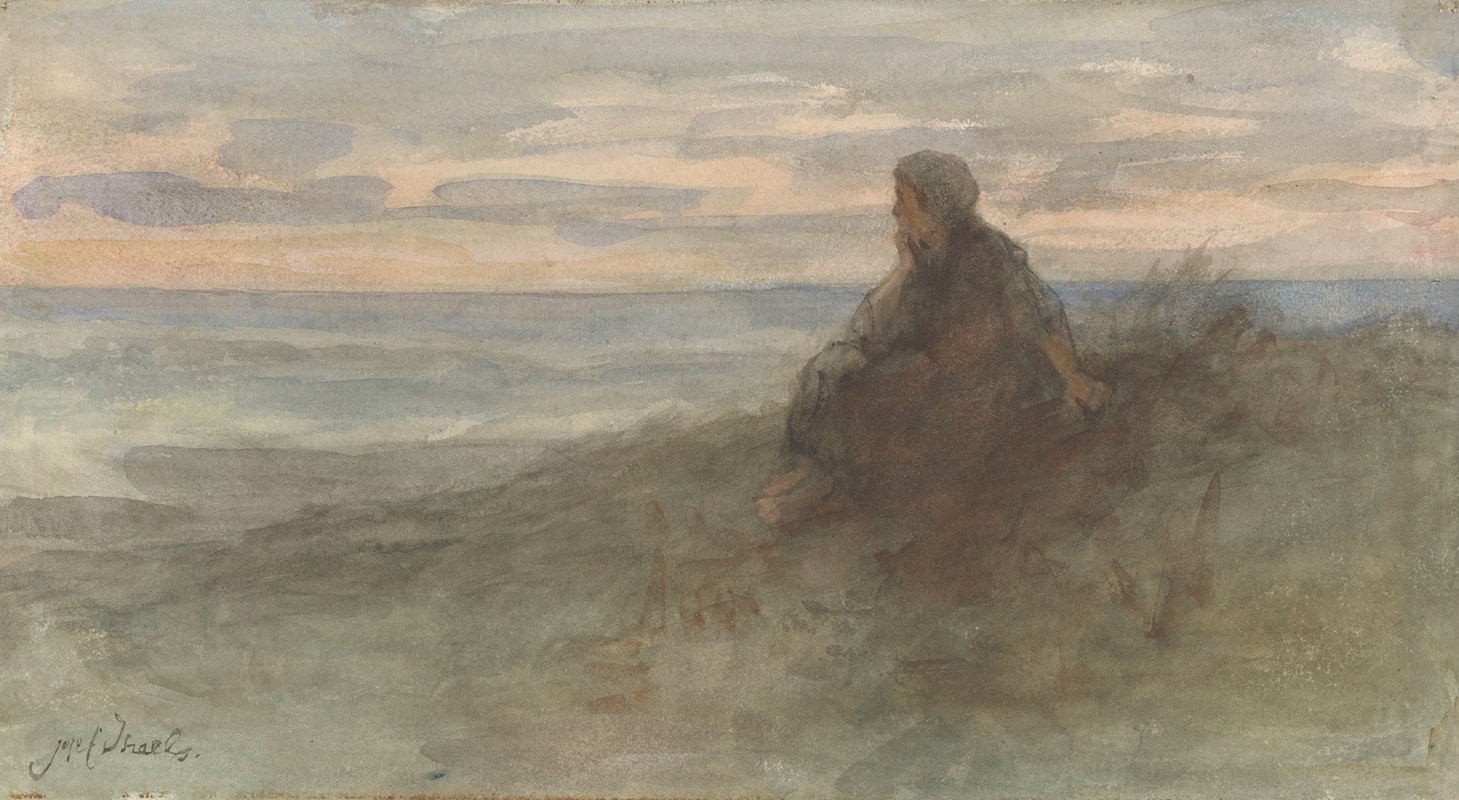
Zittende vrouw op een duin bij zee
A hand-painted replica of Jozef Israëls’s masterpiece Zittende vrouw op een duin bij zee, meticulously crafted by professional artists to capture the true essence of the original. Each piece is created with museum-quality canvas and rare mineral pigments, carefully painted by experienced artists with delicate brushstrokes and rich, layered colors to perfectly recreate the texture of the original artwork. Unlike machine-printed reproductions, this hand-painted version brings the painting to life, infused with the artist’s emotions and skill in every stroke. Whether for personal collection or home decoration, it instantly elevates the artistic atmosphere of any space.
Jozef Israëls, a prominent Dutch painter of the 19th century, created the artwork Zittende vrouw op een duin bij zee (translated as Seated Woman on a Dune by the Sea). Israëls is widely regarded as one of the leading figures of the Hague School, a group of artists known for their realistic and often somber depictions of rural and coastal life in the Netherlands. His works frequently focused on themes of human struggle, solitude, and the connection between people and nature.
Zittende vrouw op een duin bij zee exemplifies Israëls' characteristic style, blending realism with a poetic sensitivity to light and atmosphere. The painting portrays a solitary woman seated on a dune, gazing out toward the sea. The composition is simple yet evocative, emphasizing the vastness of the natural surroundings and the introspective mood of the figure. The subdued color palette, dominated by earthy tones and muted blues, reflects the melancholic and contemplative tone often found in Israëls' work.
This painting aligns with Israëls' broader artistic focus on the lives of ordinary people, particularly fishermen and their families, who were central to the coastal communities of the Netherlands. While the identity of the woman in the painting is not documented, her posture and placement suggest a moment of quiet reflection, possibly symbolizing the hardships or solitude experienced by those living in such environments.
Israëls' technique in this work demonstrates his mastery of light and texture. The soft, diffused light creates a sense of depth and atmosphere, while the brushwork captures the ruggedness of the dune and the gentle movement of the sea. These elements contribute to the painting's emotional resonance, inviting viewers to contemplate the relationship between humanity and the natural world.
The exact date of the painting's creation is not specified, but it is consistent with Israëls' mature period, during which he produced many of his most celebrated works. Today, Zittende vrouw op een duin bij zee is recognized as an example of Israëls' ability to convey profound emotion through seemingly simple scenes. The painting is held in a private collection or museum, though its current location is not widely documented.
Jozef Israëls' contributions to art have earned him a lasting legacy as one of the Netherlands' most important painters of the 19th century. His works, including Zittende vrouw op een duin bij zee, continue to be appreciated for their emotional depth and technical skill.









